
LEXINGTON AND CONCORD: 19 APR 1775
PATRIOT VICTORY 3,960 patriots v 1,500 British
ESTIMATED CASUALTIES 94 patriots and 272 British
The first exchange of fire during the American Revolutionary War actually arose out of a failed attempt to try and prevent conflict.
In April 1775, as tensions rose between the two sides and frustrated American colonists began to form militias, stories started circulating that patriot weapons were being stockpiled in the town of Concord. When the rumours reached the ears of Massachusetts governor MajorGeneral Thomas Gage, he quickly ordered Lieutenant-Colonel Francis Smith to travel to Concord with an 800-strong force to seize the cache of arms and ammunition.
The colonists, however, were one ahead and had already been tipped off about the incoming British forces. Several patriots are said to have ridden through the night on horseback to alert the local militia, giving them time to mobilise and intercept the British troops.
Therefore, on the morning of 19 April, a group of armed patriots - largely made up of tradesmen and farmers - confronted Smith and his men at Lexington Green, some seven miles from Concord. Spotting the gathered militia ahead, Major John Pitcairn and his light infantry were sent forward, leaving Smith behind with the bulk of the forces. Pitcairn demanded that the militia disband, but before long - despite both sides having had orders not to shoot - the air was filled with the sound of gunfire. Who fired the first shot is still debated today, but British troops eventually charged towards the patriots, killing eight militiamen and injuring 10 more. Just one redcoat was injured.
هذه القصة مأخوذة من طبعة May 2022 من History Revealed.
ابدأ النسخة التجريبية المجانية من Magzter GOLD لمدة 7 أيام للوصول إلى آلاف القصص المتميزة المنسقة وأكثر من 9,000 مجلة وصحيفة.
بالفعل مشترك ? تسجيل الدخول
هذه القصة مأخوذة من طبعة May 2022 من History Revealed.
ابدأ النسخة التجريبية المجانية من Magzter GOLD لمدة 7 أيام للوصول إلى آلاف القصص المتميزة المنسقة وأكثر من 9,000 مجلة وصحيفة.
بالفعل مشترك? تسجيل الدخول
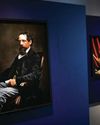
'Dickens's evocation of the fears, excitement and confusion of childhood is peerless'
DR LEE JACKSON ON WHY CHARLES DICKENS REMAINS RELEVANT TODAY
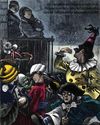
THE AUTHOR GOES ABROAD
Dickens expanded his horizons and boosted his fan-base by venturing overseas - but global fame came with a cost
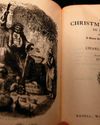
REVIVING THE FESTIVE SPIRIT
A Christmas Carol wasn't just a bestseller - it changed the way that Britons chose to mark the festive season

GIVING THE POOR A VOICE
From Hard Times to Oliver Twist, Charles Dickens used his pen to help illuminate the lives of the less fortunate
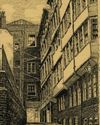
A JOURNEY THROUGH DICKENS'S LONDON
The works of Charles Dickens are synonymous with visions of Victorian London. We talk to Dr Lee Jackson about the author's love of the capital, and the locations that most inspired him
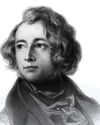
EXCEEDING EXPECTATIONS
Dr Lee Jackson chronicles Charles Dickens's journey from down-at-luck teenager to titan of Victorian literature
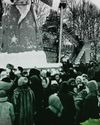
GIFTS, TREES & FEASTING
We take a journey through the photo archives to reveal how Christmas and its many traditions have been celebrated over the years - and around the world
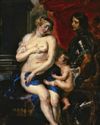
WHAT GREAT PAINTINGS SAY
We explore the story behind an allegorical painting that celebrates the triumph of love over hate, peace over war
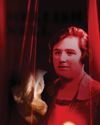
HELLISH NELL
Malcolm Gaskill delves into the life of Helen Duncan - the fraudulent Scottish medium whose ectoplasm-filled seances saw her ending up on the wrong side of the law
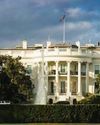
7 THINGS YOU (PROBABLY) DIDN'T KNOW ABOUT THE WHITE HOUSE
Presidential historian Dr Lindsay M Chervinsky reveals some of the most surprising facts about the world-famous US residence